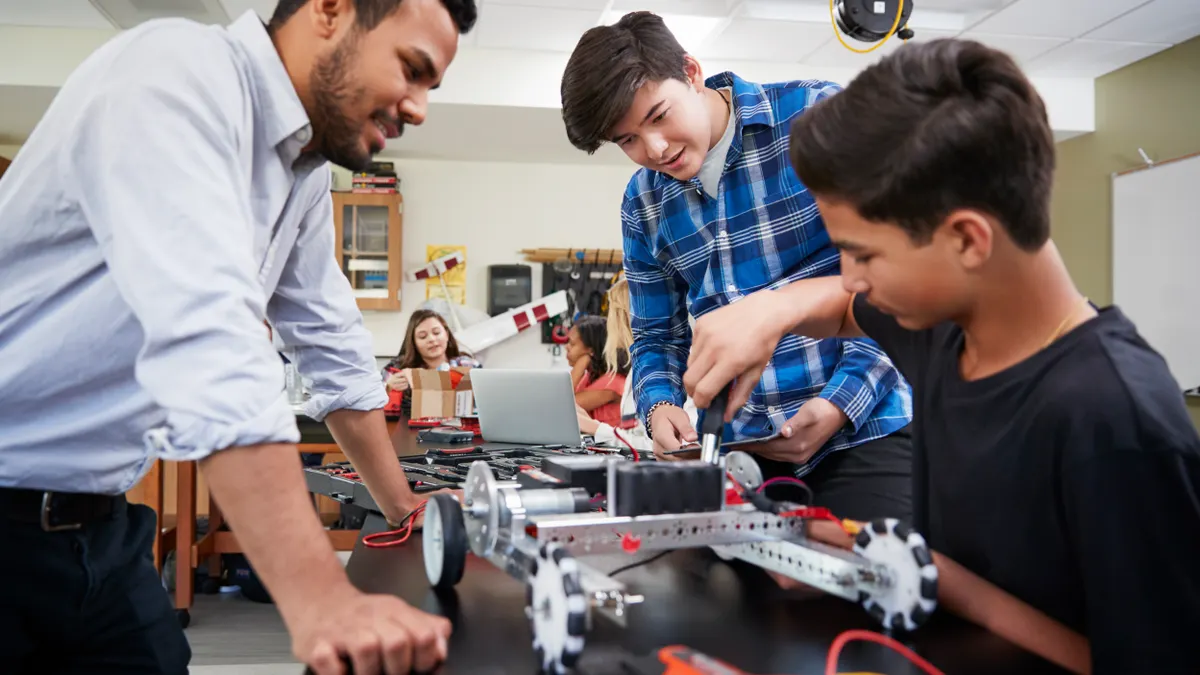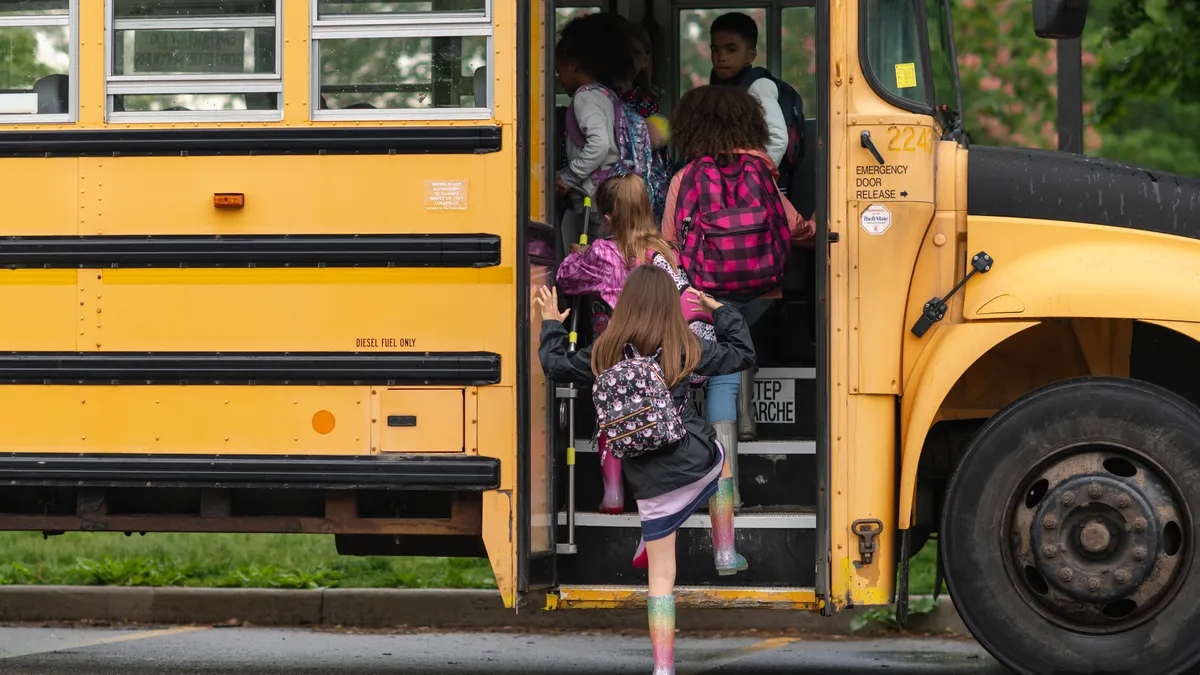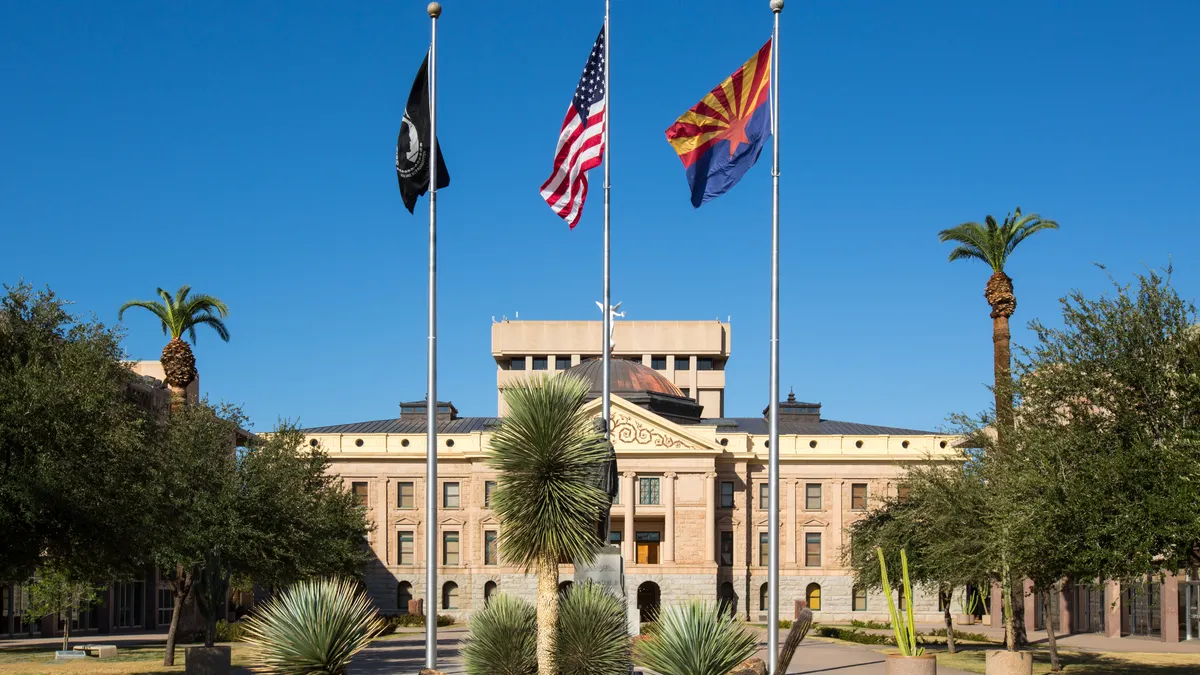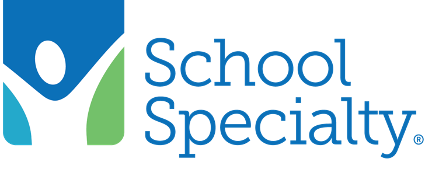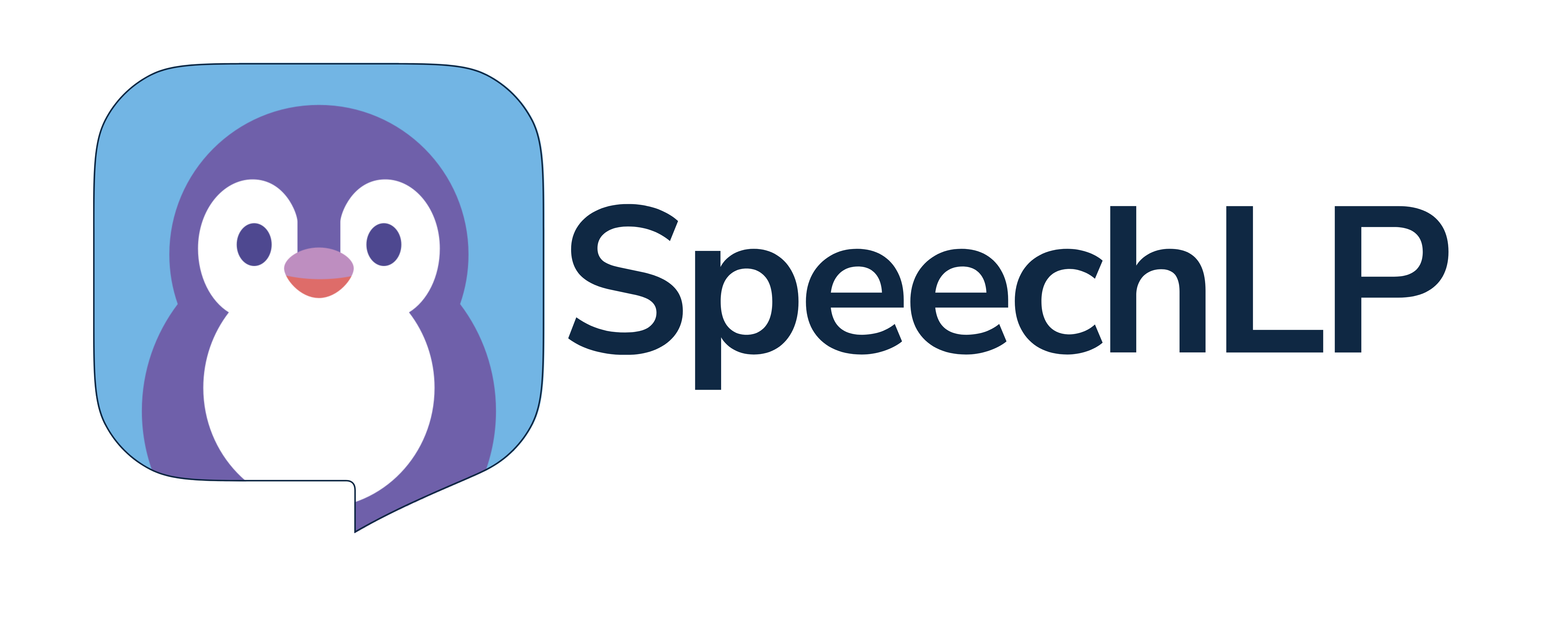J.D. LaRock is president and CEO of the Network for Teaching Entrepreneurship, a global nonprofit focused on providing high-quality entrepreneurship education to students from low-income communities. Jean Eddy is president and CEO of American Student Assistance, a national nonprofit committed to helping kids know themselves and their options, and make informed choices to achieve their education and career goals.
The Great Resignation is being cast as a pandemic aftershock, but the fault lines long predate COVID-19. As employers, we aren’t immune to the concerns of record-setting numbers of Americans quitting their jobs, but as educators we know widespread employee dissatisfaction begs for a larger discussion, and one that must include school systems.
Some of the biggest problems at work start decades before any of us arrive at an employer’s door. Knowing what work and values will be a fit, managing challenging situations, and collaborating and leading with persistence and empathy all impact our happiness at work. Yet, these considerations are rarely prioritized by school.
As almost every aspect of work changed in the last two generations, schools adjusted their learning standards to reference 21st century skills, but many stopped there — and in doing so failed to prepare students for this evolution.
This failure has tremendous costs: a persistent opportunity gap, Generation Xers who regret their career choices, millennials with high college debt and shrinking ROI, and Generation Zers who lack support navigating career options. In fact, 69% of high schoolers feel they would have benefited from more career exploration opportunities in middle school or high school. Members of Gen Z also think high schools should encourage students to plan for their futures.
So, whether we lost, left or stayed in our jobs, simply put, like Gen Z, most of us wish we had been better prepared. Let’s make sure future generations don’t have to struggle with career mismatches or toxic workplaces where people don’t know how to work together.
How can we make this happen?
The solution, in large part, is early career exploration. We’ve witnessed firsthand with thousands of students how exploring and experimenting with different career paths early in the education journey helps students uncover their natural abilities.
It’s also important to teach skills and mindsets that have immediate and enduring value. Skills like opportunity recognition, problem solving and self-advocacy are prerequisites for success in a world where simple career ladders are at best a metaphor, and more likely relics of a bygone era.
As Tina Davis, interim chief of marketing at Citi, recently recounted to our students in a career exploration webinar, recognizing an unmet need and pitching yourself as the solution can benefit both employee and company. A decade ago, Davis recognized Citi was missing the opportunity to make the most of sponsorships, and with corporate support she launched a department to get the job done.
To unlock these transformational insights and skills, we need to provide students early work-based learning opportunities. However, few states offer the resources to do so. All of the career and technical programs in Florida are required to offer work-based learning. And in recent years, legislators have prioritized securing additional funds, but most students still lack access.
From project-based learning to internships, work-based learning builds entrepreneurial mindsets, inspires ambition, develops time management skills, and shows students how to work together. Implementation requires schools to think differently about scheduling, assessments, partnerships and teaching methodologies.
While these are big asks, the rewards are reflected in students like 15-year-old Anthony Wilds of The Met East Bay School in Rhode Island, who designed HotBandz to help others who, like him, struggle with Raynaud’s syndrome. And Kaitlyn Smith, who, when she was attending Coral Gables High School outside of Miami, launched a fashion blog to bolster self-esteem in young women and, in the process, learned to think of her career as her business. Now a marketing professional, Smith often encourages students to view their career options through a lens of self-reflection about their own skills, mindsets and values.
The virtual medium narrows the gap between industry professionals and students. With the help of well-networked regional and national nonprofits, schools can provide regular opportunities for students to interact with a wider range of professionals globally. These partnerships not only provide students with an expanded view of potential career paths, but they can also help employers, who are eager to offer staff more opportunities to connect and meaningfully support others.
Schools must also make a concerted effort to help students understand the importance of building and leveraging professional networks. Supportive relationships with caring adults (e.g., mentors associated with schools, out-of-school organizations, and family and friends) and “who you know” are key to creating opportunity and making great decisions around postsecondary transitions.
Now, more than ever, schools appear to be at a daunting crossroads. But, just as younger employees and mid-career professionals leaving their jobs in droves are defining the graph lines of the Great Resignation, they are also sounding the alarm bell that signals ongoing dissonance between education and workforce.
Schools cast aside once-sacrosanct class schedules and educational policies to prevent the spread of COVID-19. Surely we can embrace equally bold change for the promise of a generation more prepared for and fulfilled by work.







